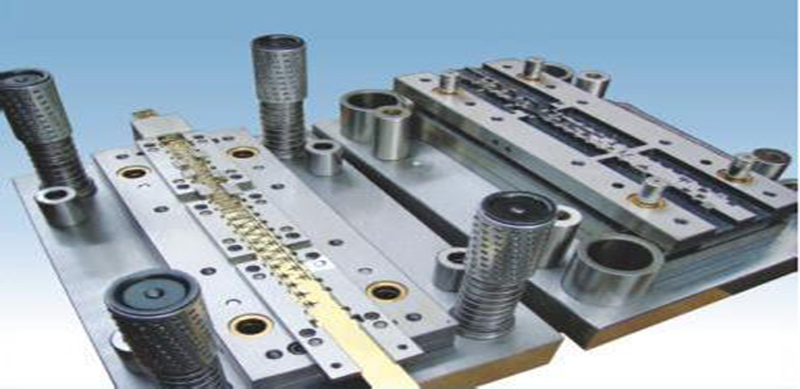1. Wear resistance
When the blank is plastically denatured in the mold cavity, it flows and slides along the surface of the mold cavity, resulting in severe friction between the surface of the mold cavity and the blank, resulting in the failure of the mold due to wear. So the wear resistance of material is one of the most basic and important properties of die.
Hardness is the main factor affecting wear resistance. In general, the higher the hardness of die parts, the smaller the wear, the better the wear resistance. In addition, the wear resistance is also related to the type, quantity, shape, size and distribution of carbides in the material.

2. Strength and toughness
Most of the working conditions of the dies are very bad, and some of them often bear large impact load, which leads to brittle fracture. In order to prevent the sudden brittle fracture of die parts, the die should have high strength and toughness. The toughness of the die mainly depends on the carbon content, grain size and microstructure of the material.
3. Fatigue fracture property
In the working process of die, under the long-term action of cyclic stress, fatigue fracture is often caused. Its forms are small energy multiple impact fatigue fracture, tensile fatigue fracture, contact fatigue fracture and bending fatigue fracture. The fatigue fracture performance of the die mainly depends on its strength, toughness, hardness and the content of inclusions in the material.
4. High temperature performance
When the working temperature of the die is higher, the hardness and strength will decrease, leading to early wear or plastic deformation and failure of the die. Therefore, the die material should have high tempering stability to ensure that the die has high hardness and strength at working temperature.
5. Cold and hot fatigue resistance
Some molds are in the state of repeated heating and cooling in the working process, which makes the cavity surface subject to tension and pressure stress, causes surface cracking and spalling, increases friction, hinders plastic deformation, reduces dimensional accuracy, and leads to mold failure. Cold and hot fatigue is one of the main failure modes of hot working dies. This kind of dies should have high cold and hot fatigue resistance.

6. Corrosion resistance
When some molds, such as plastic molds, work, because of the presence of chlorine, fluorine and other elements in the plastic, HCI, HF and other strong corrosive gases are decomposed and precipitated after heating, which erodes the surface of the mold cavity, increases its surface roughness, and aggravates the wear failure.
